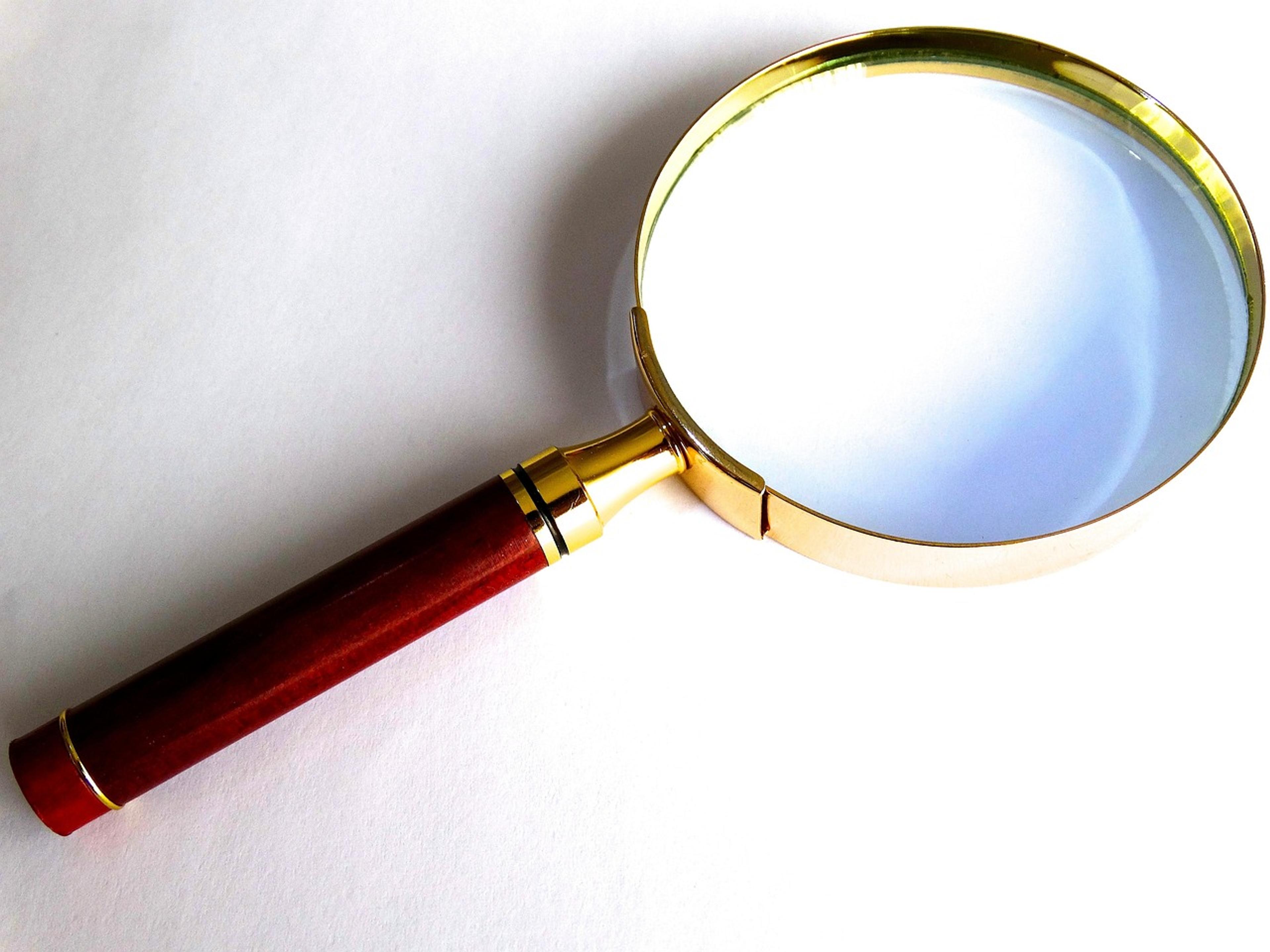Cracking The Code: The Art Of Reading People




I Hope You’re Ready To Unleash Your Inner Sherlock. Here We Go!
So, listen up, my rebellious crew! Forget cheesy pickup lines and rose-colored glasses. Today, we’re getting into the captivating world of human behavior, decoding the unspoken language that fuels every interaction. This ain’t your mama’s seduction guide; it’s about wielding the power of reading people like a master strategist. Think Robert Greene’s “The Art of Seduction,” but instead of charming someone into bed, we’re charming them into revealing their true selves. At the end of this here article thing, I will list some of the things to “look for” when attempting to “read” people.

The Psychology of the Hustle:
First things first, let’s crack open the human psyche. It’s all about desires, motivations, the hidden forces that make us tick. Remember, everyone’s running their own internal hustle, and understanding that hustle is key to reading them. So, I’m at a crowded bar, and this one bartender dude’s body language screams “uncomfortable.”. So me being me, I struck up a conversation with the gruff bartender. Most folks just saw a grumpy dude slinging drinks. But I noticed a flicker in his eyes, a longing hidden beneath the gruff exterior. Turns out, dude was a musician with dreams buried deep. By tapping into his passion, we ended up having a dope conversation, a connection formed through reading the story beneath the surface..
Choosing Your Targets Wisely:
Not everyone’s an open book. Just like you wouldn’t hit on a stranger wearing a wedding ring (at least I hope not), you pick the right people to read. Look for those subtle cues — a fleeting glance, a nervous fidget. Once, I was at a networking event, and this quiet woman in the corner seemed guarded. While everyone else chased the loudmouths, I saw her sharp eyes taking it all in. Observing silently while blending in. Engaging her revealed a brilliant mind and a willingness to introduce me to a network of connections I would’ve missed otherwise. See? Choosing the right target holds the possibility to unlock hidden treasures.

The Art of Disarming Disguise:
Nobody wants to feel interrogated, right? Now, the beauty of reading people lies in the art of indirection. Basically, you want to convey a message in a roundabout way. A great way to do this is by asking leading question that will guide someone toward a desired outcome. For example: I’m chatting with a business partner, weaving a casual conversation, but subtly dropping hints to gauge his long-term vision for the company. By creating a comfortable space, I encourage genuine revelations. Suddenly, he starts outlining his ambitious plans, revealing hidden aspects of his drive, and ultimately bringing us together in order to achieve some of these goals. This ain’t about mind games, it’s about uncovering the real story.
The Power of Mixed Messages:
People are complex, full of contradictions. That’s where mixed signals become your secret weapon. Let’s imagine a high-powered CEO at a charity event. He exudes confidence, yet a flicker of sadness clouds his eyes when a child talks about losing a parent. By dissecting these conflicting cues, you start understanding the person beneath the facade. In one instance, I read a man who, despite his success, craved a deeper purpose. By understanding his hidden longing, one could help him connect with a mentorship program that reignited his passion, or some shit.
Shine Bright, Like a Diamond (in the Rough):
Remember, reading people is a two-way street. Just like seduction, you gotta showcase your own unique qualities. Sometimes, going against the grain will present unexpected, but positive outcomes. A few years back, I met a group of entrepreneurs, all boasting about their ventures. I went a different route, talked about my past failures, what I learned from them, and how they helped me get to where I was — the lessons learned, the scars earned. Guess what? They started opening up, sharing their own struggles. The beauty of failures is that they are necessary lessons that we can use as stepping stones to reach our goals. Better than that is being able to learn from other folks failures and avoiding them if they ever show up. My authenticity became a bridge, allowing me to understand their deepest desires and fears.

Creating Discontent with a Gentle Nudge:
Here’s a secret: sometimes, a little discontent can be a good thing. Imagine I’m talking to a friend who seems stuck in a dead-end job. By casually mentioning a skills workshop, I could highlight a gap he might not have noticed. Suddenly, he’s talking about his long-dormant passion for graphic design(my passion). By sparking a little discontent, I opened doors to understanding his true aspirations. By doing so I helped him and myself. He now had a reason to follow what he loved and I was able to understand more of what drives people.
The Power of Whispers:
Just like a master seducer uses subtle hints, so too does a master reader of people. By using subtle hints and unspoken cues, you can understand someone’s true thoughts and desires. It’s about picking up on the little things they might not say straight up, like:
- Indirect comments or questions that reveal hidden concerns or aspirations.
- Body language changes that contradict their spoken words.
- Seemingly random details that offer a glimpse into their values or interests.
By deciphering these whispers, you gain a deeper understanding of the person and can build a more genuine connection. It’s a more nuanced approach than just listening to their direct statements. Another bullshit story: I’m negotiating a deal with a stubborn client. Instead of a direct confrontation, I “accidentally” mention a competitor’s recent success. Boom — his competitive spirit kicks in, and we find a solution that benefits everyone. Remember, subtle hints can unlock hidden desires and pave the way for mutually beneficial connections.
Walking a Mile in Their Shoes:
Reading people isn’t just about reading minds, it’s about stepping into their world, considering their perspective. This is something that tends to be very difficult to most, despite what they say or even think. So it’s up to you to go beyond just listening to their words, it involves:
- Imagining their experiences: Trying to see the world through their eyes. Consider their background, challenges, and motivations.
- Feeling their emotions: Empathizing with their joys, frustrations, and struggles. Imagine how you might feel in their situation.
- Suspending judgment: Putting aside your own biases and opinions to understand their viewpoint without criticism.
- Mirroring their actions: Subtly mimicking their body language or communication style can foster a sense of connection and trust.
You don’t have to agree with them, that’s now what it’s about, but about truly understanding where they’re coming from. A powerful tool in any scenario.

Temptation with a Purpose:
Let’s be honest, everyone has weaknesses. Now, here’s the twist: you don’t exploit them, you use them to spark a deeper connection. Let’s pretend I’m mentoring a young entrepreneur who’s all about the hustle, neglecting his health. By casually mentioning a fitness challenge I’m doing (with a hint of friendly competition, of course), I tap into his competitive spirit. Suddenly, he’s researching healthy meal plans and joining me for morning jogs. By tempting him with a challenge that aligns with his aspirations (being the best version of himself), I not only understand his workaholic drive but also guide him towards a more balanced life. Win win for everyone.
Keeping Them Guessing:
We’ve been talking about reading people, unlocking their secrets, and building connections. But here’s the thing — you gotta keep ’em on their toes too. Nobody digs a predictable story, right? So, let’s talk about the art of keeping them guessing. Let’s say you’re in the middle of a high-stakes negotiation. Easy pickings if your opponent lays their cards on the table like a tourist in a casino. But that’s when you disrupt the script. Lean back, a glint in your eye, and hit them with a question so unexpected it throws their carefully crafted plan into disarray.
“So, tell me, what’s the craziest business risk you’ve ever taken that paid off in a big way?”
See how this unexpected question works? They’re expecting a counter-offer, not a personal story prompt. Now you’re in their head and you just gained the upper hand. It reveals something about them: Do they have a history of bold moves? Or a risk-averse approach? It also plants a seed of doubt: Are you trying to gauge their risk tolerance? Or is there another angle? AGain, This keeps them guessing and forces them to re-evaluate their strategy on the fly. It’s a power move that puts you in control of the negotiation. You’re welcome.
Keep in mind this isn’t about manipulation, it’s about mastery. By applying these principles ethically, you’ll transform yourself into a human decoder ring, unlocking the secrets that lie beneath the surface of every interaction. The world is a vast landscape of fascinating characters, waiting to be understood. So, grab your metaphorical magnifying glass, unleash your inner Sherlock, and start reading people like a pro. Profit out, I need to go eat some sushi or something.

Here is a short list of things to look for:
Verbal Cues:
- Word Choice: What kind of language do they use? Formal, informal, technical, slang? This can indicate their background, education level, and even personality traits.
- Tone of Voice: Is it monotone, energetic, hesitant, or confident? Tone can reveal emotions and overall disposition.
- Pace of Speech: Do they speak quickly or slowly? Fast talkers might be nervous or excited, while slow talkers might be deliberate or contemplative.
Non-Verbal Cues:
- Body Language: Posture, gestures, facial expressions — all communicate a lot. Crossed arms can indicate defensiveness, while open palms can suggest openness. A furrowed brow might mean confusion, while a smile can signal happiness or nervousness (context matters!).
- Eye Contact: Do they make good eye contact or look away frequently? Consistent eye contact can show confidence and interest, while shifty eyes might indicate discomfort or deception.
- Mirroring: Are they unconsciously mimicking your body language? This can indicate rapport and a desire to connect.
Other:
- Appearance: What are they wearing? How do they present themselves? This can give clues about their social status, profession, and even personality (although try not to stereotype, it will bite you in the ass).
- Actions: How do they interact with others and their environment? Are they fidgety, restless, or calm and collected?
Remember:
- Context is key: Don’t interpret a single cue in isolation. Consider the situation and other factors before drawing conclusions.
- Be patient: Reading people takes time and practice. Don’t expect to be a master overnight.


